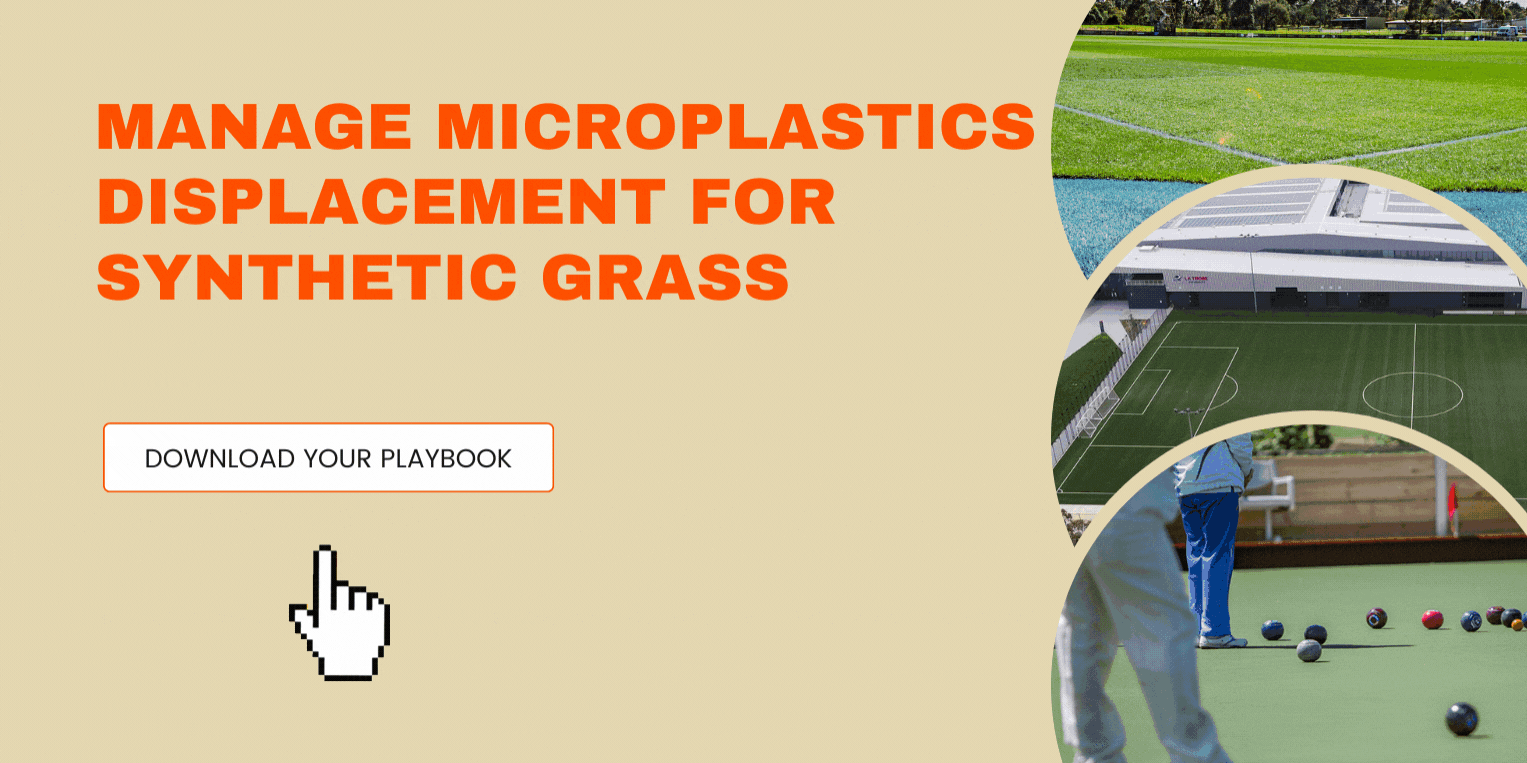Over the weekend, there were several news articles outlining the New South Wales Minister for Planning and Public Spaces The Hon. Rob Stokes’ “…growing concerns about its (synthetic grass) environmental and health impacts.” The article was in response to recently proposed synthetic grass projects in Lane Cove and Bayside local government areas and the angst from local communities about the potential health and environmental issues associated with the use of synthetic grass.
Before I go any further I wish to state my position on synthetic grass; I am pro natural turf and will always promote this as my preferred surface type. I am however aware of natural turfs limitations in particular regarding high levels of use and the negative impact this can have on the ability to provide a safe playing surface all year round. People from older generations will always say they played on grounds that were rock hard in summer and a quagmire in winter. Unfortunately, their parents were more accepting of this and less litigious when little Johnny injured himself on a non-fit for purpose natural turf surface.
A synthetic grass system, which has been certified by one of the international sport governing bodies (i.e. FIFA, World Rugby, etc.):
-
Provides a higher level of use (in excess of 60 hours/week) than natural turf (up to 30-35 hours/week).
-
Is tested in laboratories to ensure the surface is Fit for Purpose all year round; rain, hail or shine (yes they can be hotter than natural turf on hot days however there are different infills and adjustment to surrounding landscape to help reduce the heat factors).
-
Can be designed and maintained to be a closed system which mitigates microplastic displacement.
Urban densification not only negatively impacts our transport networks, it also places some of our existing Fields of Play under unsustainable stress and strain. We have enabled urban densification to occur and therefore more and more people are living in homes with small to no backyards and they rely on Council sports grounds for their kids to be active outdoors.
Inner city councils generally cannot find large parcels of unused land to construct additional sport fields to meet the demand caused by densification. In many cases the use of synthetic grass is a means to meet this demand. If you ask most of the sport governing bodies, in particular AFL and soccer, they are still not meeting these demands due to population growth and densification and kids specifically are being turned away as there are not enough grounds to play on.
Synthetic grass helps to address the demand issues caused by urban densification. It allows kids and adults to stay physically active which has flow on benefits to their mental health. There is no equivalent alternative to synthetic grass. It’s durability more than doubles that of natural and/or hybrid turf.
Synthetic grass rolls being installed at recent pitch in Victoria
Australia is not the only country that has raised concerns relating to the use of synthetic grass. There are many scientific reports that have concluded that synthetic grasses do not lead to any health issues. Appropriate designs and maintenance regimes can help to mitigate microplastic displacement from the surface and protect downstream waterways.
If you have assessed your natural turf sports ground and determined that even with a better performing growing medium and more efficient drainage and irrigation network it cannot meet the demands of the users then, short of telling the community they cannot be active, synthetic grass is your only option.
We've also put together a Playbooks aiming to explain how to manage and minimise microplastics displacement for all synthetic turf designs. Click on the banner below to download!
Return to the main blog page.


